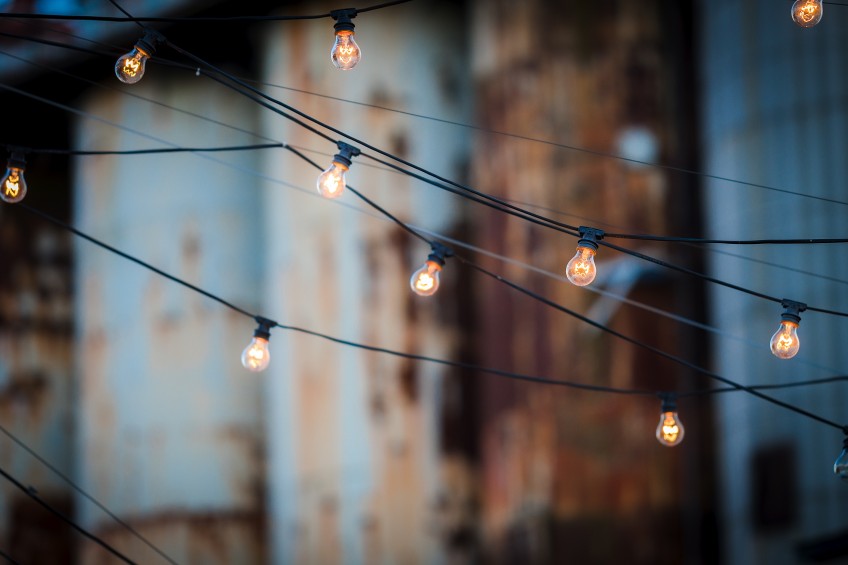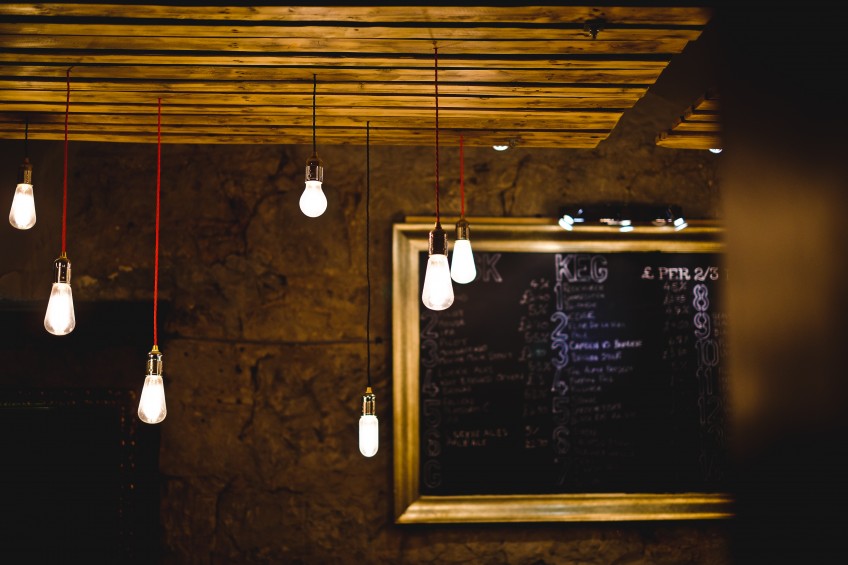Introduction
Have you ever been frustrated trying to tell the difference between all the shapes and sizes of light bulbs available? You're not alone, but once you understand some basics it is a lot easier to understand what you need. This article will help you know how to pick the right light bulb.
Step by step
This article is part of a series on lighting basics designed to support the "Install LED Lighting" tutorial. Check out these other articles for more information:
Lighting Basics - Energy Efficiency
It would be impossible to write a description on every light bulb on the market, so we’ll just focus on the most common varieties in a typical home. We're going to look at two main characteristcs of a light bulb, the base and the bulb size/shape.
Let's start with what type of base you have on your light bulb.
Light Bulb Base Types
Most home light bulbs are designed with a screw in base. These are called "Edison" bases, after the famous inventor. The most common is the E26 base. This is what is on most screw in home light bulbs, regardless of what technology (Incandescent, LED, Fluorescent, etc.) they are. The 26 just stands for how many millimeters wide the base is, which converts to just over an inch.

Standard E26 base A19 bulb LED bulb
You’ll likely have some smaller candelabra type bulbs in some chandeliers around the house. These are also screw in lamps but are a smaller diameter, usually E12 base (12mm = 0.47 inches).

E12 base candelabra bulb, Incandescent
The other common lamp type is pin based lamps. These are usually only found on small recessed can lights or track lighting and are either GU10 or GU5.3 or GU4.0 base. These are easy to determine the difference between as the GU10 are turn and twist base while the GU5.3 or GU4.0 push in directly. Similar to the other base types, the numbers just stand for the distance between the two pins, measured in millimeters.

GU10 (push and twist) base on MR-16 Philips LED bulb

GU5.3 base (push pin) on a MR-16 LED bulb
The last type you'll find is another pin type base found in linear fluorescent bulbs. These are relatively common in closets and garages or shops. The good news is that even though the bulb shape can change (more on that later), the base is almost always the same.

Standard Linear Fluorescent base on a Philips LED bulb
Those types above should get you through 95% of the common household bulb types. We'll expand this section with more information over time. For now, if you have something other than those main types, check out this handy reference guide from the folks over at www.bulbs.com for a full listing of types.
For more information on base types, see this video below.
Light Bulb Shapes
Lights shapes are usually a combination or shape and size. In general, a number on a light bulb size stands for how many eighths of an inch in diameter it is. For example, something with 16 in it is likely 16/8s of an inch, or 2” in diameter. It's pretty easy to convert once you get the hang of it.
The most common shape is known as an A-Lamp (or A-Line). You’ll mostly see what is known as an A19 with an E26 base.

Standard E26 base A19 bulb LED bulb
Secondly are your flood lamps. These come in three main sizes for most homes, PAR20, PAR30, and PAR38. Don’t get confused by the numbers, remember each is just equivalent to a diameter.

PAR20 Dimmable LED bulb = 2.5” Diameter

PAR30 LED Light Bulb = 3.75” Diameter

PAR-38 LED Bulb = 4.75” Diameter
You may see these flood lights listed as “BR” or “R” rather than “PAR” lamps. This references the shape of the reflector on the lamp. BR is more bulged and PAR is flatter. They are usually interchangeable, although some prefer PAR lamps for outdoors and BR lamps for indoors.
You may have those beautiful spotlights in track lighting or recessed can lights. Most of these are MR16 (remember? 2” in diameter!) but you might have a MR11 too.

GU5.3 base (push pin) on a MR-16 LED bulb
Last type are your linear fluorescent lamps. These are usually T12 or T8 (1 ½” or 1” in diameter, respectively) and 4’ long. If you have the old T12 lamps, they are being phased out of production so plan to swap them out for these sweet LEDs we’ll show you. Any fluorescent is very rarely dimmable so don’t plan to dim them.

Occassionally you'll find other fluorescent such as U-bend or 2' and 3' bulbs. These are relatively rare in residential applications but are easy to identify when found.



Below is another great video from Lumicrest that talks about lamp shape and size.
We hope this overview of how to identify a light bulb base, shape, and size was helpful! We'll continue to add more detail to help you with all light bulb types over time.




